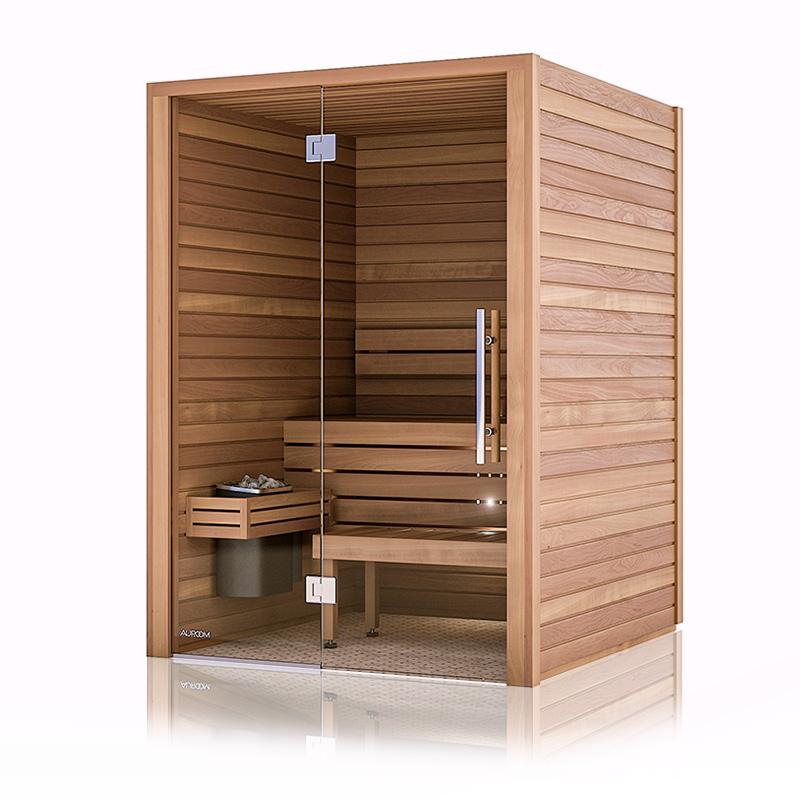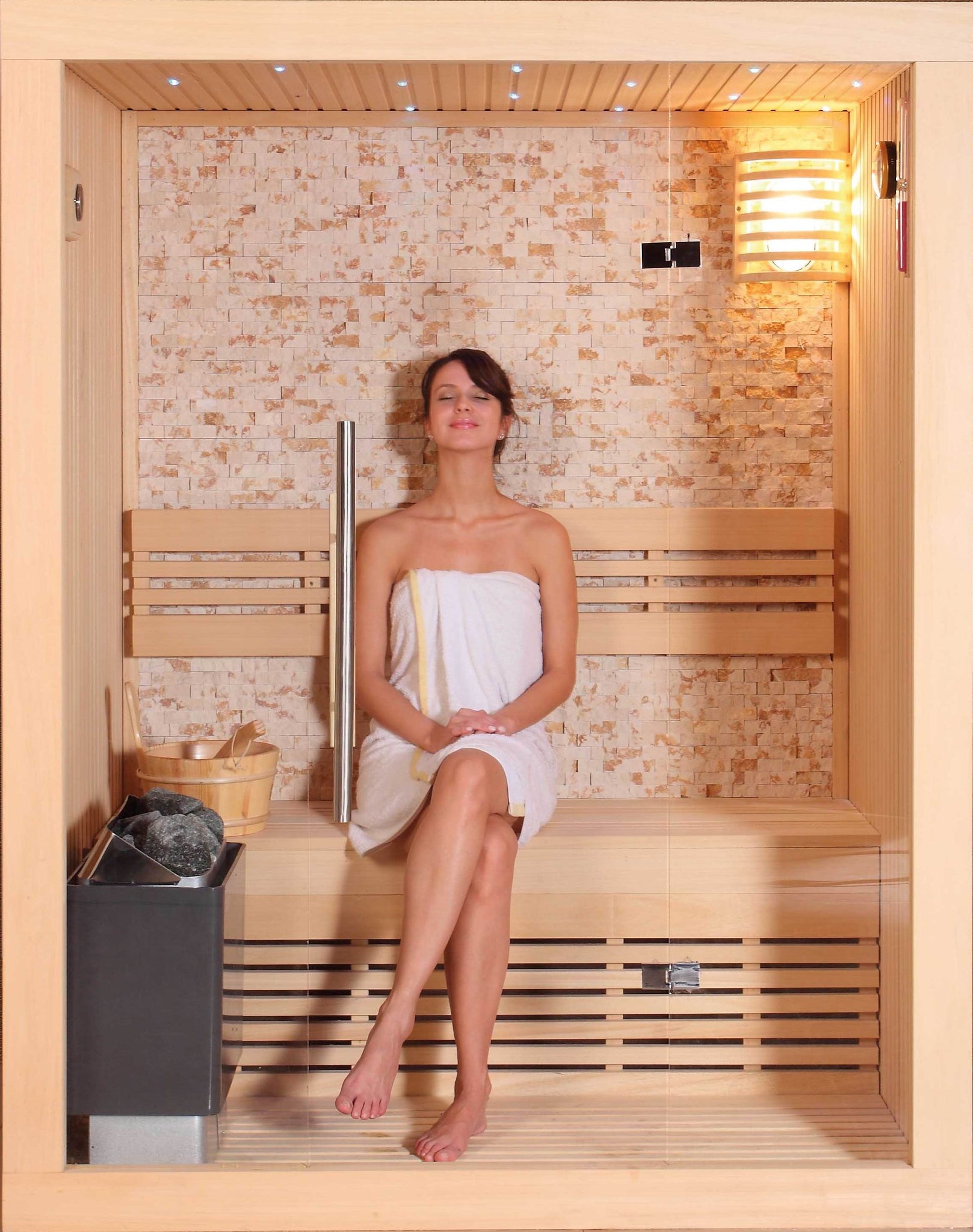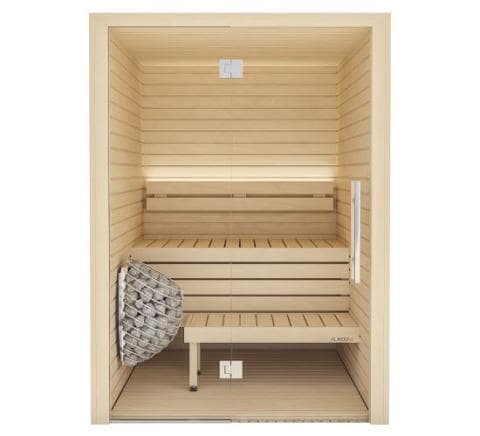The Best Strategy To Use For Traditional Sauna
The Best Strategy To Use For Traditional Sauna
Blog Article
Excitement About Traditional Sauna
Table of ContentsGet This Report on Traditional SaunaThe 2-Minute Rule for Traditional SaunaLittle Known Facts About Traditional Sauna.Getting My Traditional Sauna To WorkThe Single Strategy To Use For Traditional Sauna
The majority of the weight lost in a sauna is water loss and is re-gained upon rehydrating. Nevertheless, without a doubt sauna can be an integral part of a healthy weight reduction program. To consider the differences between traditional and IR saunas, I will divide these right into verifiable, academic, and made differences.Therefore, the hottest factor in the saunawhich is at the ceiling straight above the sauna heateris normally between 185 and 190 F. Claims that a standard sauna exceeds 200 F is merely not real and not relevant for electrical saunas marketed in the United States. The temperature for a far-infrared sauna is usually established in between 120 and 140 F; nonetheless, unlike the standard sauna, the goal in and IR space is not to accomplish a high temperature level.
Due to this, the temperature difference is virtually unnecessary, because excessive sweating results in both sauna kinds, yet the method of heating the body is various. In an IR sauna the bather will really feel hot and will sweat a lot, but at a lot reduced temperature levels (Traditional Sauna). Hence, if the objective is to spend longer amount of times in the sauna, the IR sauna is a great option
When a traditional sauna has actually been properly warmed, the sauna walls are warm, the air temperature has actually achieved set temperature and the rocks are extremely warmed. As an interesting side note, the heated wall surfaces and the rocks are emitting far-infrared warm, integrated with the warmed air, to develop an "covering warmth".
What Does Traditional Sauna Mean?

When the high temperature level is accomplished, the elements cycle on and off to keep the heat. The majority of conventional sauna individuals delight in putting water over the rocks to develop steam to elevate sauna moisture degrees. The benefits of pouring water over the rocks include: making the space more comfortable, dampening the nasal flows, and permitting the use of aromatherapy by mixing necessary oils with the water.

When the power enters the body, it triggers the body temperature to raise and inevitably causes perspiration. In an infrared sauna it's essential for the emitters/heaters to continue to be on practically constantly. Given that there is no mass of rocks to keep warmth, the sauna will cool down if the emitters shut down.
As mentioned above, the sauna bather in an infrared area intends to place himself in front of operating emitters to obtain maximum advantage from the warm. The heating time for the two areas can be extremely various, relying on how the spaces are used. For a conventional sauna, a bather should enable 30-40 mins for the area to accomplish a preferred temperature level and to properly pre-heat the rocks.
The Best Guide To Traditional Sauna
A well constructed sauna will usually achieve a temperature level of 150-160 F in regarding 30-40 mins. For hotter temperatures, the area may need to heat for a longer period.

Standard saunas have a tendency to be larger (thus use even more power) than infrared saunas, although hop over to these guys standard saunas are certainly readily available in one and two individual sizes too. For a two-person conventional sauna, 5x6 or 5x7 size is most popular. The top bench can conveniently seat two or 3 individuals and is also enough time to relax throughout the sauna session.
Some Known Details About Traditional Sauna
The ordinary expense per kWH of power in the U.S. is approximately $0.11, so a 4.5 kW heating system will set you back roughly $.50 to compete one hour, if the heating unit runs continuously for one hour. Commonly a sauna heater will certainly compete 75% of the initial hour and 50% of subsequent hours on given that the elements cycle once the established temperature level is accomplished.

There is a seldom reviewed difference in the social experience in between the 2 areas. While our society has shed a few of the social advantage of the conventional sauna experience, it can be very socially gratifying (Traditional Sauna). From family time in the sauna, to heart-felt discussions with considerable others, to sauna partiesthe traditional sauna experience can bring about intimate interacting socially
8 Easy Facts About Traditional Sauna Described
Many greater end infrared spaces consist of colored light therapy, sound systems and full-glass fronts.
Report this page